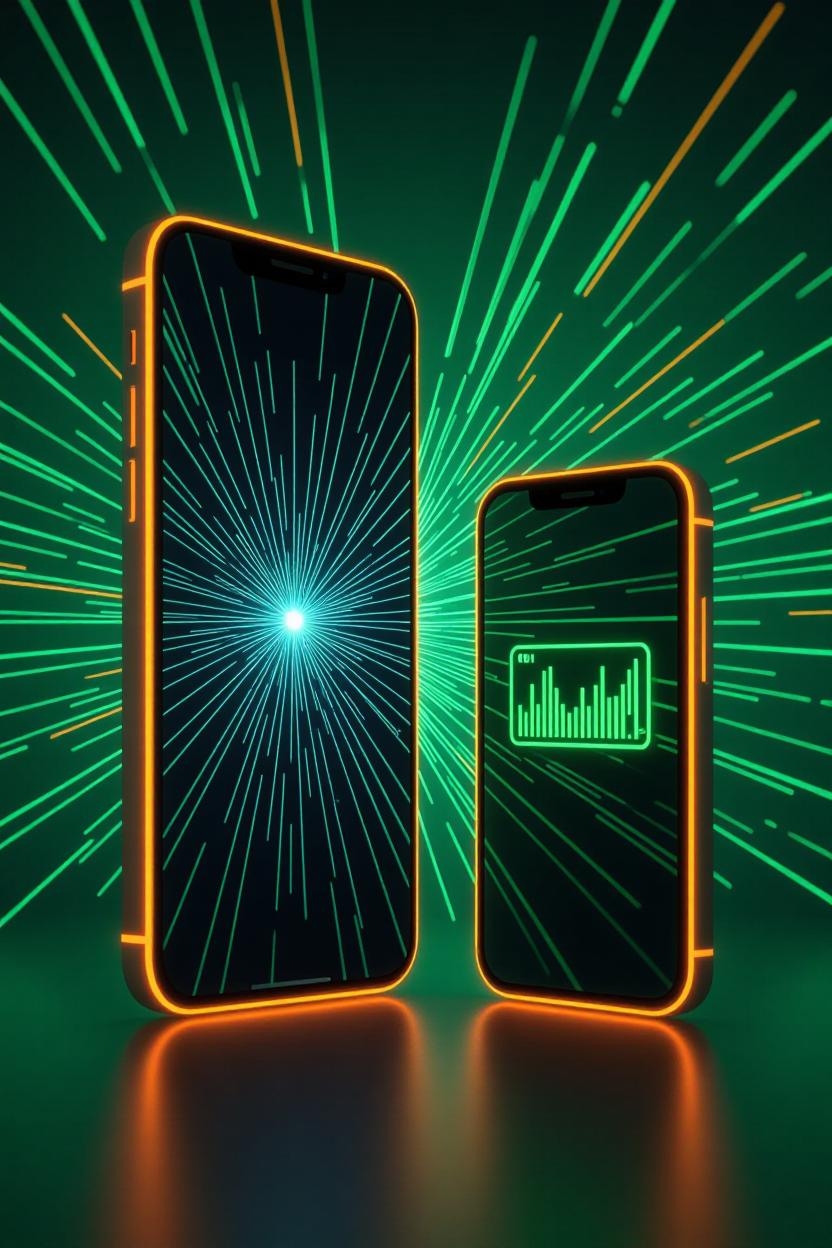Mobile VPN: saving battery without losing speed
#mobile#vpn#battery

Why does a VPN drain battery?
The main power hogs in a smartphone are the radio (LTE/5G) and background jobs. A VPN affects them indirectly: if the tunnel keeps reconnecting, the phone burns more energy.
How to save battery
-
Basic hygiene:
- Close background apps that sync aggressively.
- Reduce refresh intervals for messengers and email.
- Disable auto-start for secondary apps.
-
Protocol choice:
- VLESS over TLS 1.3 handles mobile networks well: quick to connect and resilient to drops.
- Stick to UDP only when it’s worth it (e.g., gaming). Otherwise TCP over TLS is more stable.
-
Network tuning:
- MTU/MSS: Mobile networks often have a lower MTU. Tune MSS to avoid fragmentation and reduce retransmits.
- DNS: Use a fast DoH/DoT resolver and cache answers to shrink the number of lookups.
Extra tips
-
Throttle heavy traffic: In weak signal areas, avoid bandwidth-heavy apps. Prefer Wi-Fi whenever possible.
-
Measure: Watch energy stats in settings. If the VPN client eats too much, try another server that’s closer or less loaded.
Bottom line
A mobile VPN doesn’t have to kill your battery if you minimise unnecessary network activity, pick the right protocol, and respect the quirks of cellular radio. Balance performance and endurance for your use case and enjoy comfort without the drain.